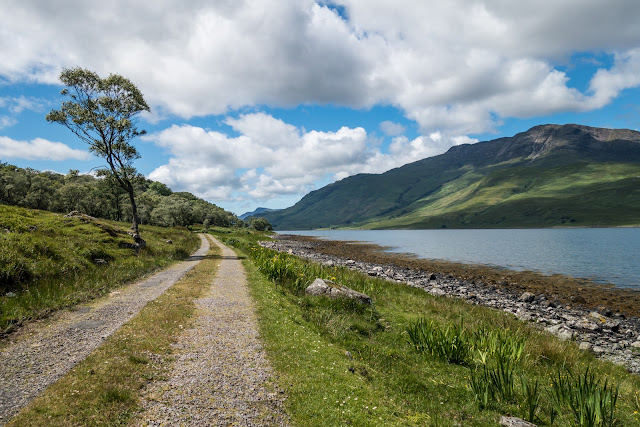Tintern Abbey - The amazing ruins.
Monday dawned foggy. For a while we were undecided as to where to go, as the fog was slow to clear. As the weather looked to be improving, we decided to visit Tintern Abbey, a place we had promised ourselves for a long time.
Roads were narrow, and mostly single track, until we reached the A466 where it became a normal width. When we parked we were almost the only people on the site.
The place is stunning in its size and surroundings and warranted several photos, although it is difficult to get a feeling of its grandeur in a photo.
In 1131 the Norman lord of Chepstow, Walter Fitz Richard, established the abbey here. Fitz Richard was a member of the powerful de Clare family, and his abbey was the first Cistercian foundation in Wales - and only the second in all of Britain after Waverley, in Surrey. The monks for the new abbey came directly from France, from the abbey of l'Aumone. It is intriguing that despite Tintern's early foundation, it established no further daughter houses in Wales.
The monks were granted sizeable estates on both sides of the Wye, the border between Wales and England. By the middle of the 13th century Tintern administered a dozen granges, or remote farmsteads. Even better days were to come, for when Roger Bigod III, Earl of Norfolk, inherited the lordship of Chepstow in 1301 he granted the abbey his estate at Acle, some 200 miles away. The Acle manor was to provide up to one-fourth of the abbey's income.
More of the stunning windows. The mind can hardly grasp what it all must have looked like in it`s heyday. Perhaps like the windows in York Minster?
The east window is magnificent as well!
A section of original ceiling in part of the Abbey - I just loved the patterns.
A coffee and scone later we crossed the River Wye ---
---- and headed for a viewpoint called The devils Pulpit. It was quite an uphill slog which took a toll on the knees and legs but it was worth the visit.
Although the sky clouded over, the images hopefully show something of the atmosphere.
A faster return downhill and a late lunch, we walked along the road to get an image of the other side of the Abbey before we headed for home.
Devil’s Pulpit is a limestone rock jutting out from the cliffs from where (legend has it) the devil preached to the monks below, tempting them to desert their order. It offers spectacular views over Tintern Abbey and the River Wye. Makes a story!
More history:
It seems likely that the first monastic buildings begun within a decade of the foundation in 1131. The first church was fairly simple, but gifts by the Earl of Pembroke, William Marshall the Younger, around 1223 helped finance a great building programme. The chapter house and cloister were extended, and subsidiary buildings sprouted like mushrooms. No sooner did the monks rebuild the cloister walks and chapter house than they embarked on an ambitious plan to rebuild the entire abbey church.
It is fascinating to see how the early 13th century remains of the abbey church and the chapter house drifted away from the austere philosophy of the early Cistercians and became works of art, embellished with beautifully carved details. In contrast to normal Cistercian simplicity of design, Tintern was decorated with intricate floor tiles and painted glass.
From 1269 the abbey church was rebuilt from scratch, under an anonymous master mason who is known to us only through the superb quality of his work.
By the middle of the 14th century the abbey had roughly the shape we see today, enclosing an area some 27 acres, including guest accommodation, private lodging for the abbot, a grand gatehouse facing the River Wye and another on the slope of the hillside above.
By the time of the Dissolution the abbey had abandoned maintaining remote granges, and instead, relied on renting out its estates to tenants. An audit by Henry VIII's men in 1535 found that Tintern had an annual income of 192 pounds, making it the wealthiest monastery in Wales. The last abbot, Richard Wyche, surrendered Tintern to the king's commissioners in 1536, and the crown granted the property to Henry Somerset, Earl of Worcester.
When you consider that by the time of Henry VIII, this was just one of possible 850 to 900 religious houses in the country, you can see why he wanted some of their enormous wealth!
Then a quick wander round the Penallt Old church again as the light was good at this point, and in for dinner.












Comments